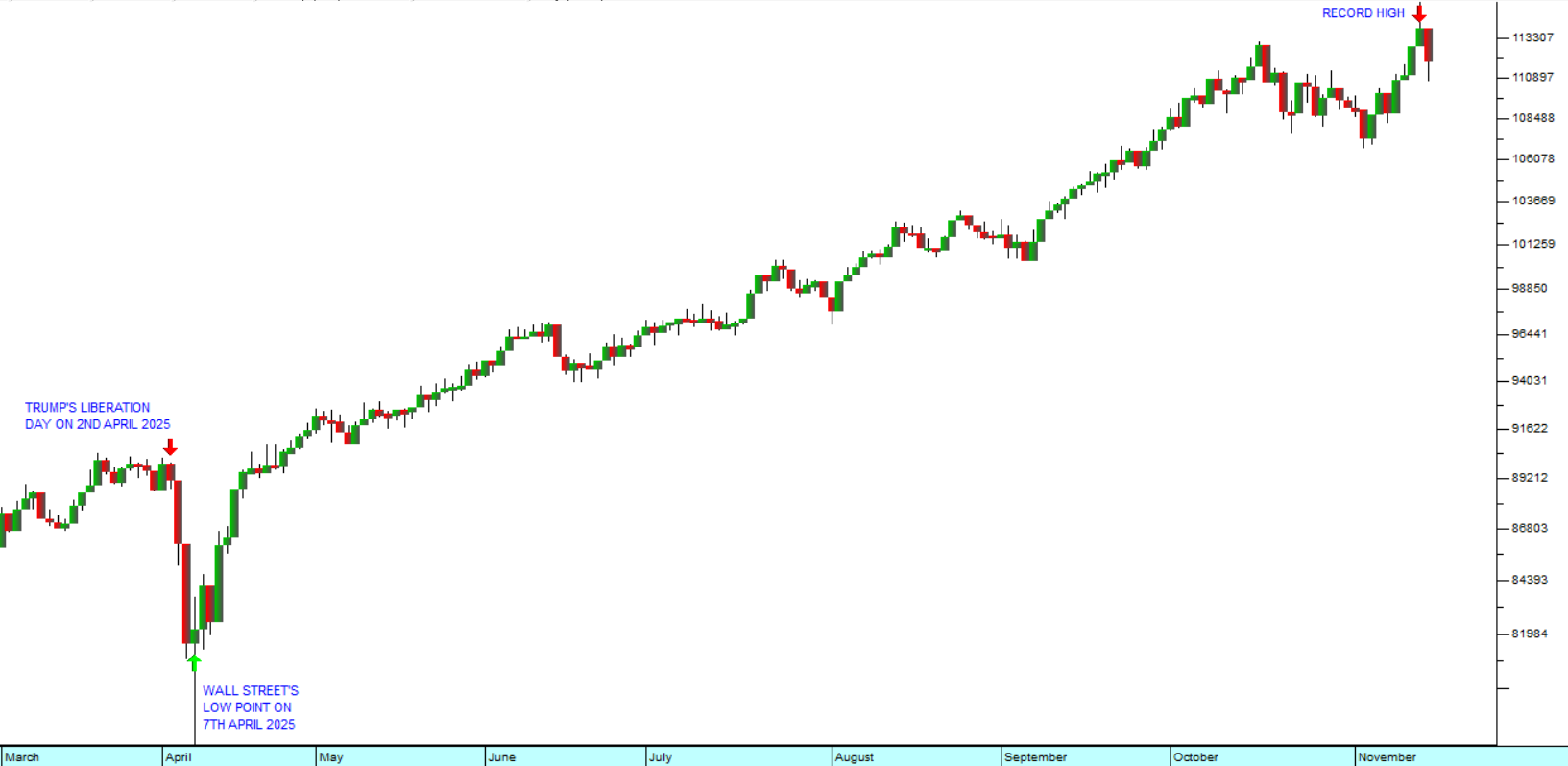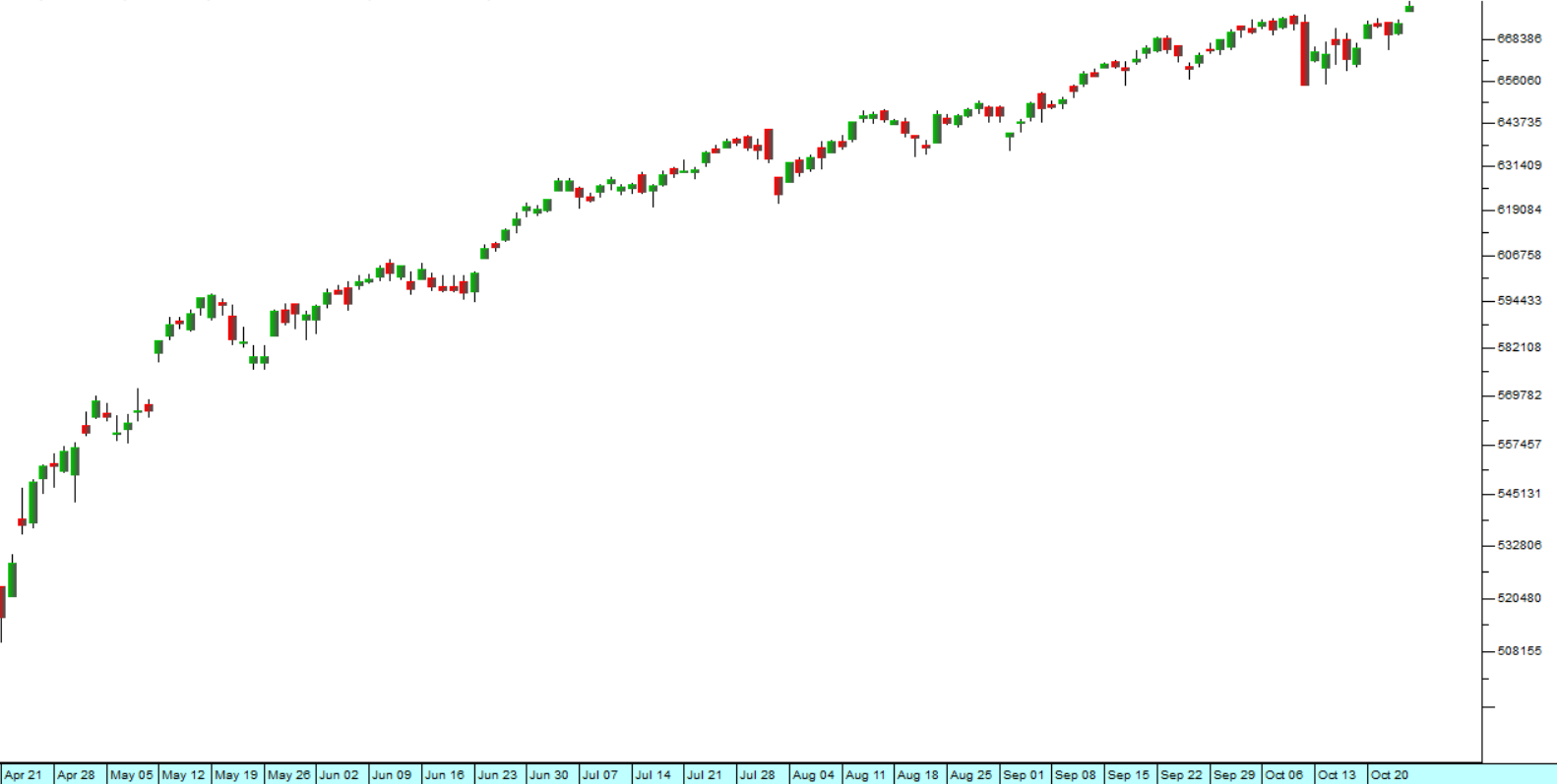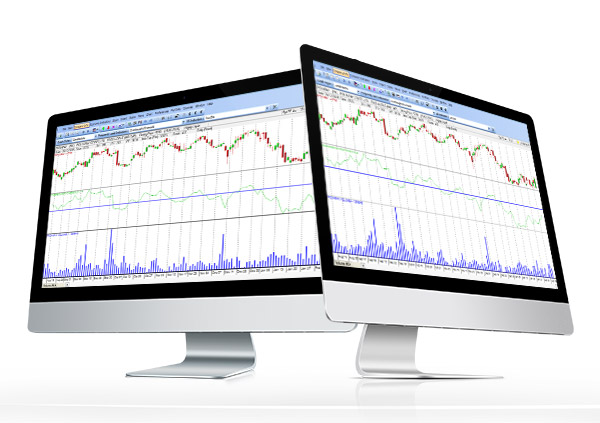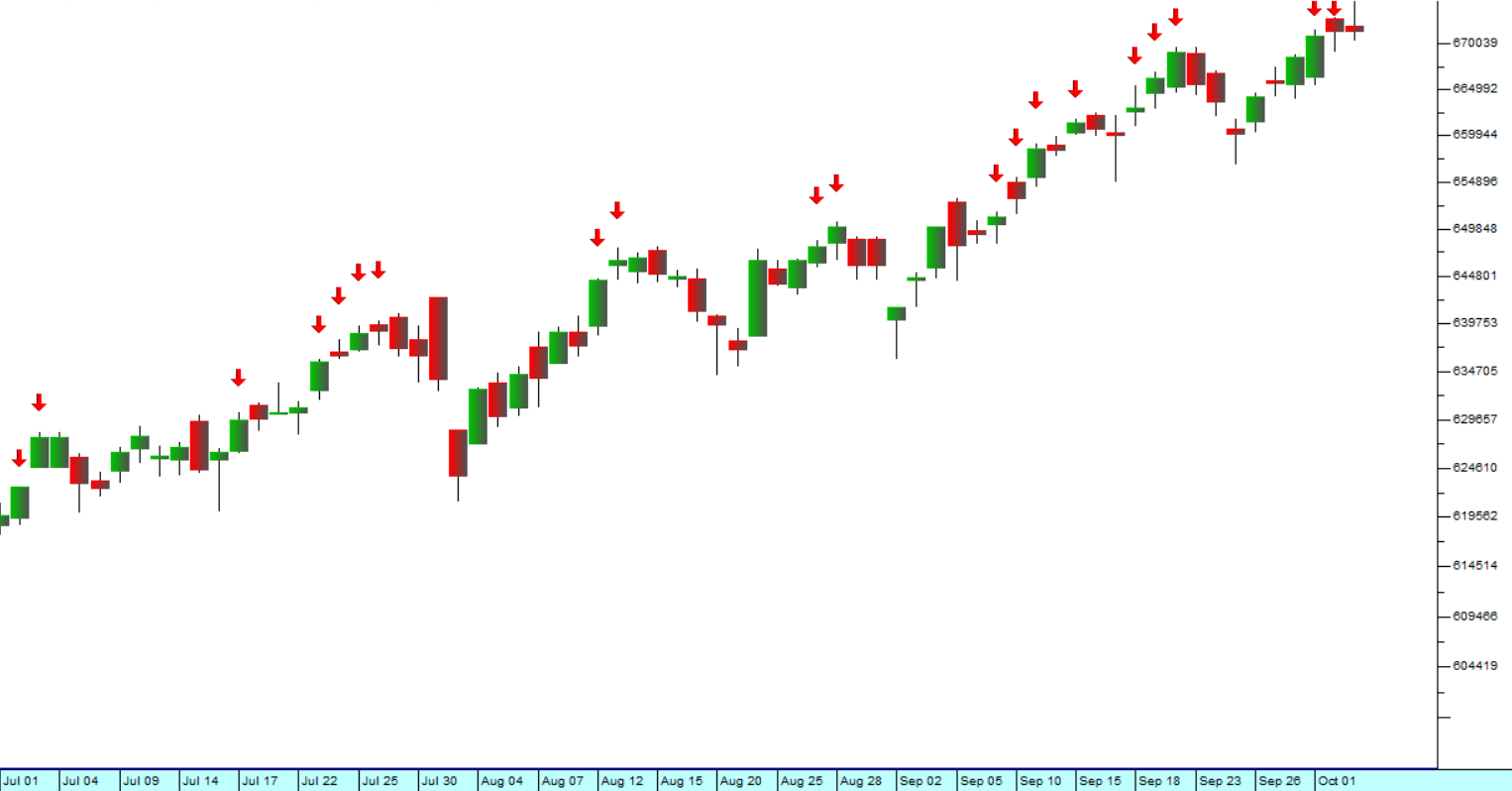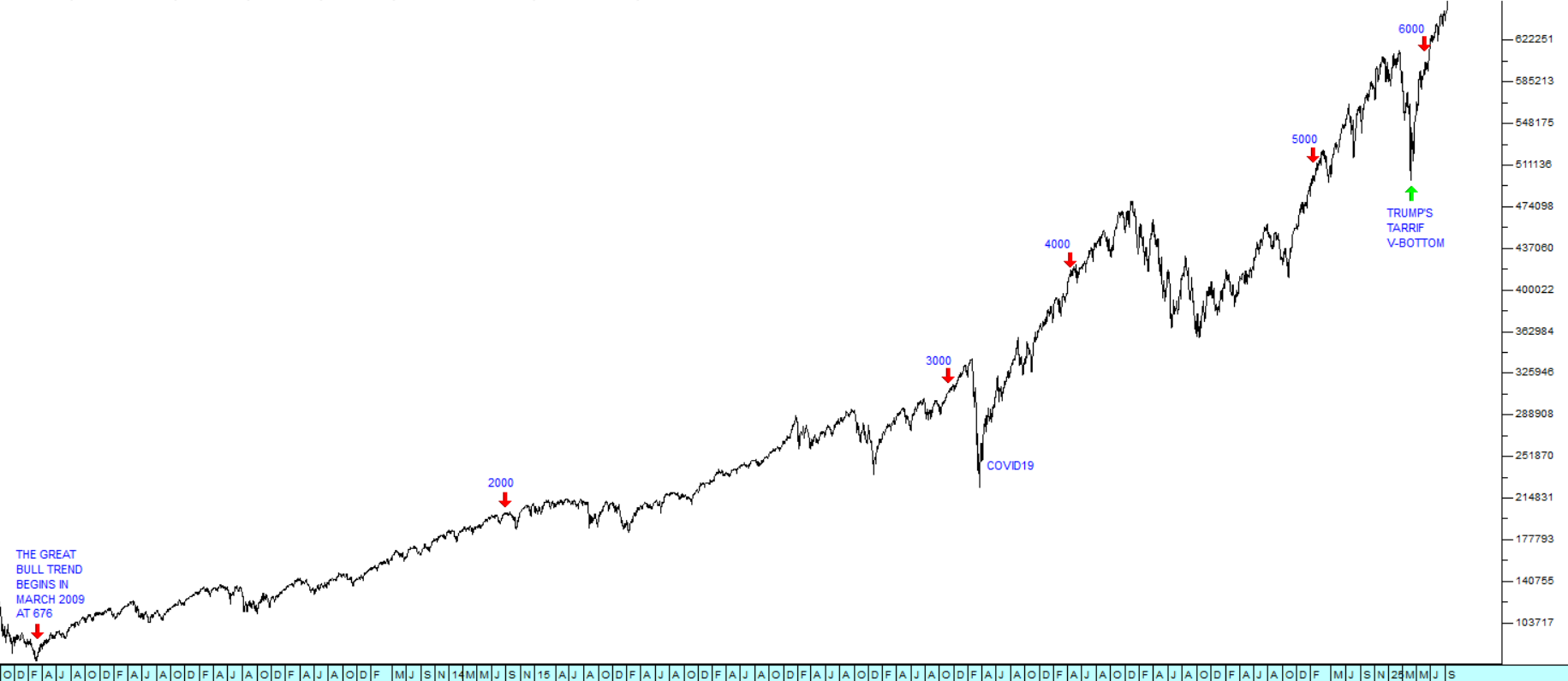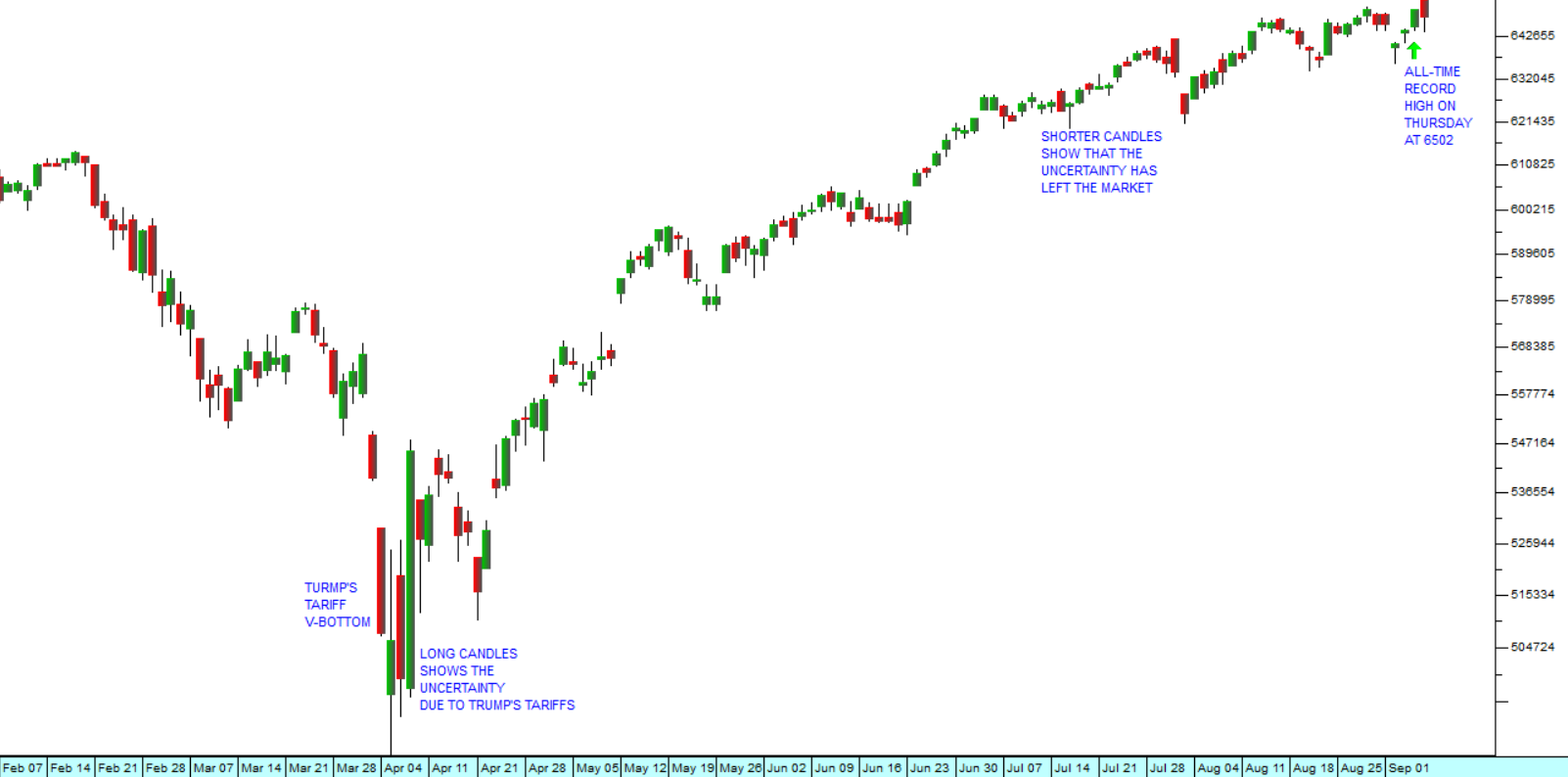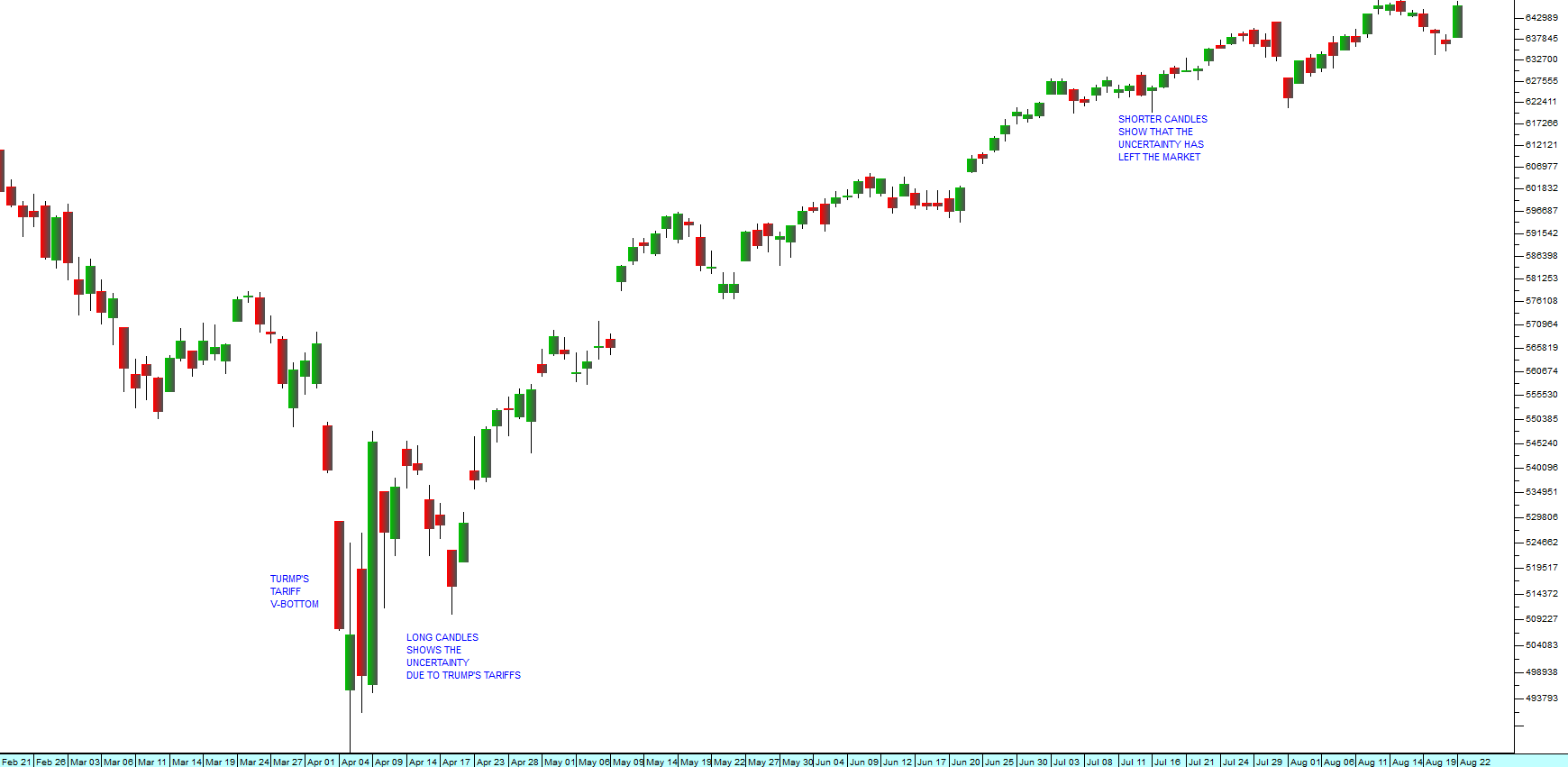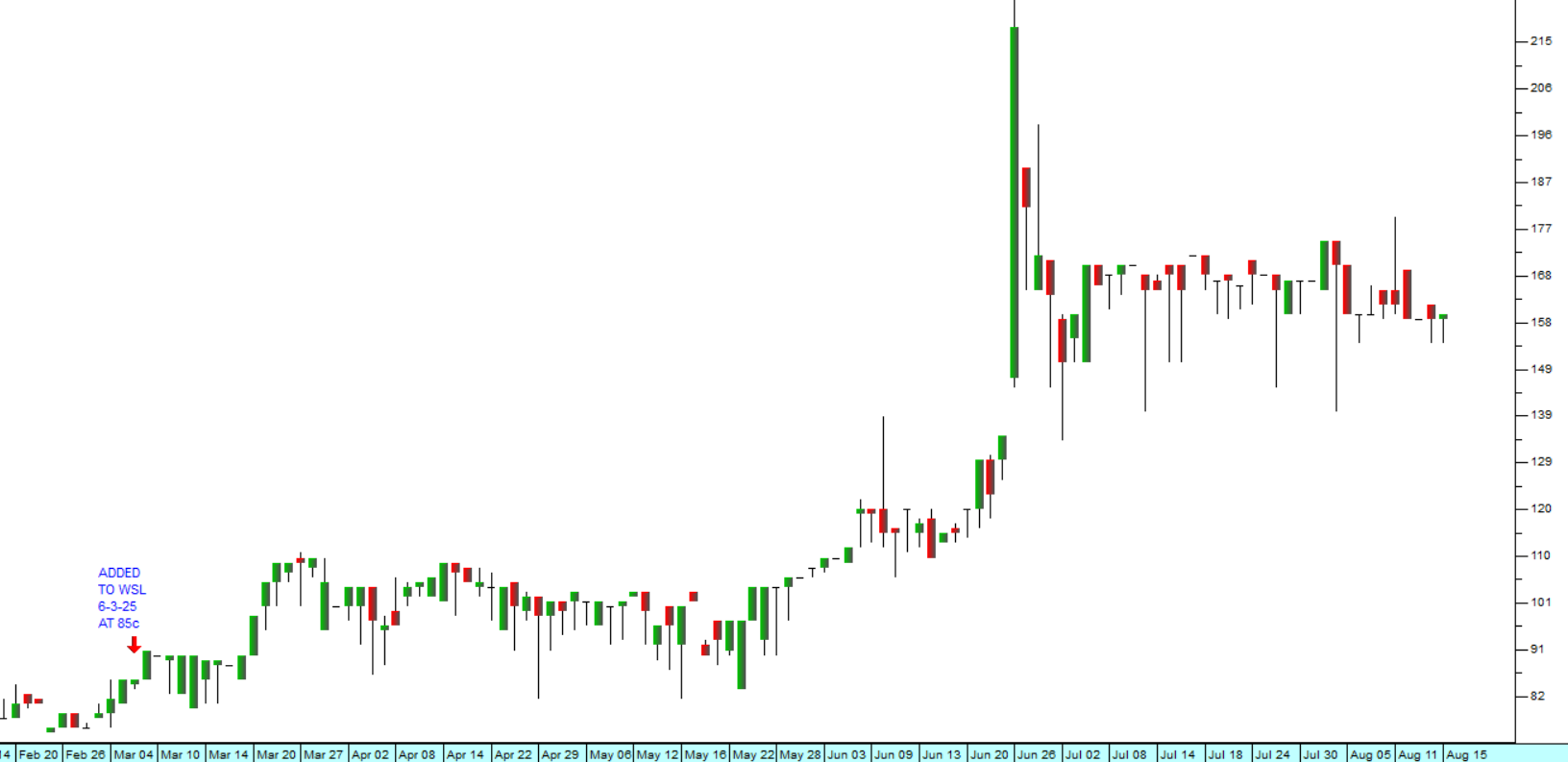Rare Earth Elements
13 October 2025 By PDSNETInvestors worldwide had been of the opinion that Trump’s ability to impact markets was on the decline. His erratic, on-again, off again tariff policies had either disappeared or had been mostly discounted into share prices. His attack on the second largest economy in the world, China, seemed to have been largely resolved, and a meeting with Xi Jinping was planned.
After the sharp V-bottom lasting 4 months from February to July this year, markets had mostly put the Trump tariff issue behind them and were focussing their attention on the increasingly rosy picture to emerge from artificial intelligence (AI) and its continuing impact on productivity.
Then, on Friday, Trump suddenly announced on Truth Social that he was once again considering much higher tariffs on China and that his planned meeting with Xi Jinping was pointless. This was apparently in response to China’s decision to tighten control over its production and sale of rare earth elements (REE).
China dominates the market with something like 70% of world production. Due to their unique magnetic, luminescent, and electrochemical properties, this group of 17 elements is vital for many industries such as electric vehicles, wind turbines, oil refining, medical imaging, and advanced military systems. They are not so much rare as they are difficult to extract and isolate. Over the past decade China has been steadily building up its ability to produce REEs.
Since 2014, the Chinese authorities have been gradually increasing their oversight of the production and sale of REEs and obviously their availability has been a key factor in trade negotiations with America. But it is difficult to tell whether there really is a problem or if Trump is just having a tantrum because he failed to win the Nobel Peace Prize.
After Trump’s outburst, which happened in the middle of Friday’s trading day, the S&P fell heavily. By the end of the day, it was down 2,7% and the NASDAQ had fallen 3,6% with the high-tech shares falling the most. Nvidia and Tesla were down 5% and AMD was down 8%. Tech stocks have a greater exposure to China both as a market for their products and as a source of materials like REEs. Following Trump’s remarks, there was a massive and abrupt shift back towards “risk-off” in international investor sentiment.
Of course, a probability of a correction on the S&P500 index has been increasing for the last three months as it moved through a series of new all-time record highs. The price:earnings ratio (P:E) of the S&P is now at about 28 and even its forward P:E, based on expected future earnings, has reached 24 – which indicates that the index is definitely in over-priced territory. Consider the chart:
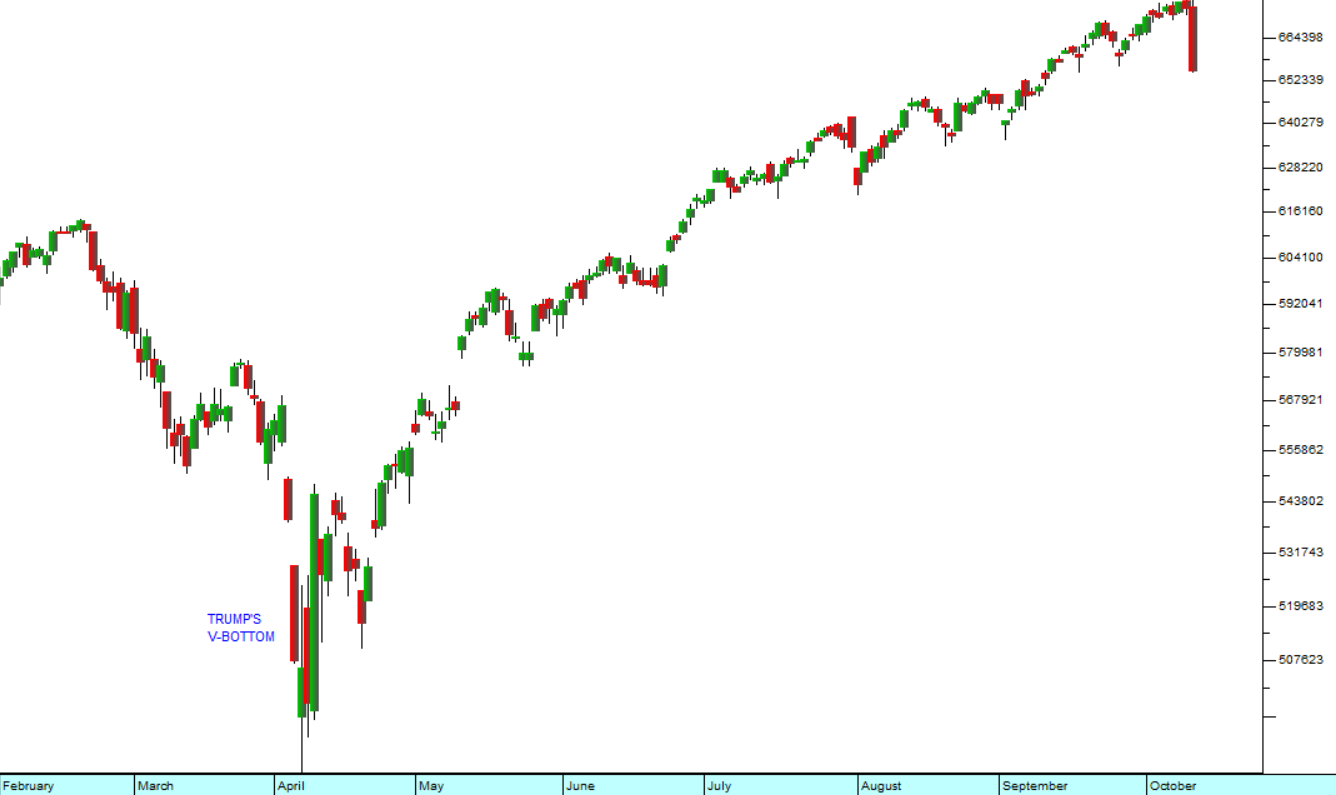
Following the V-bottom, the level of uncertainty in the market has been subsiding – as can be seen by the shortening of the daily candles in the chart. Then came Friday, when we saw an unusually large 2,7% drop in the S&P.
The knock-on effect of this impacted the oil market with North Sea Brent oil falling back to $62,17 per barrel as investors discounted a possible drop in world economic activity. But oil was already in a downward trend which had been going on since 2022. The gold price was also impacted on the day, rising back up towards the $4000 level as some international investors took cover from rising volatility.
The rand, which had been on a steady strengthening path against the US dollar, suddenly fell back from R17,09 to R17,50. The move clearly showed the direct relationship between the rand/dollar exchange rate and movements on the S&P500, but we do not expect the weakness to persist.
In our opinion, the melt-down of world equity markets and the weakness in the rand will not last long. We certainly do not see this move as the start of a new bear trend. At most it may herald a correction. In our view, it is rather a temporary set-back and hence offers a buying opportunity for those who are still trying to get into this bull market.
DISCLAIMER
All information and data contained within the PDSnet Articles is for informational purposes only. PDSnet makes no representations as to the accuracy, completeness, suitability, or validity, of any information, and shall not be liable for any errors, omissions, or any losses, injuries, or damages arising from its display or use. Information in the PDSnet Articles are based on the author’s opinion and experience and should not be considered professional financial investment advice. The ideas and strategies should never be used without first assessing your own personal and financial situation, or without consulting a financial professional. Thoughts and opinions will also change from time to time as more information is accumulated. PDSnet reserves the right to delete any comment or opinion for any reason.
Share this article:
